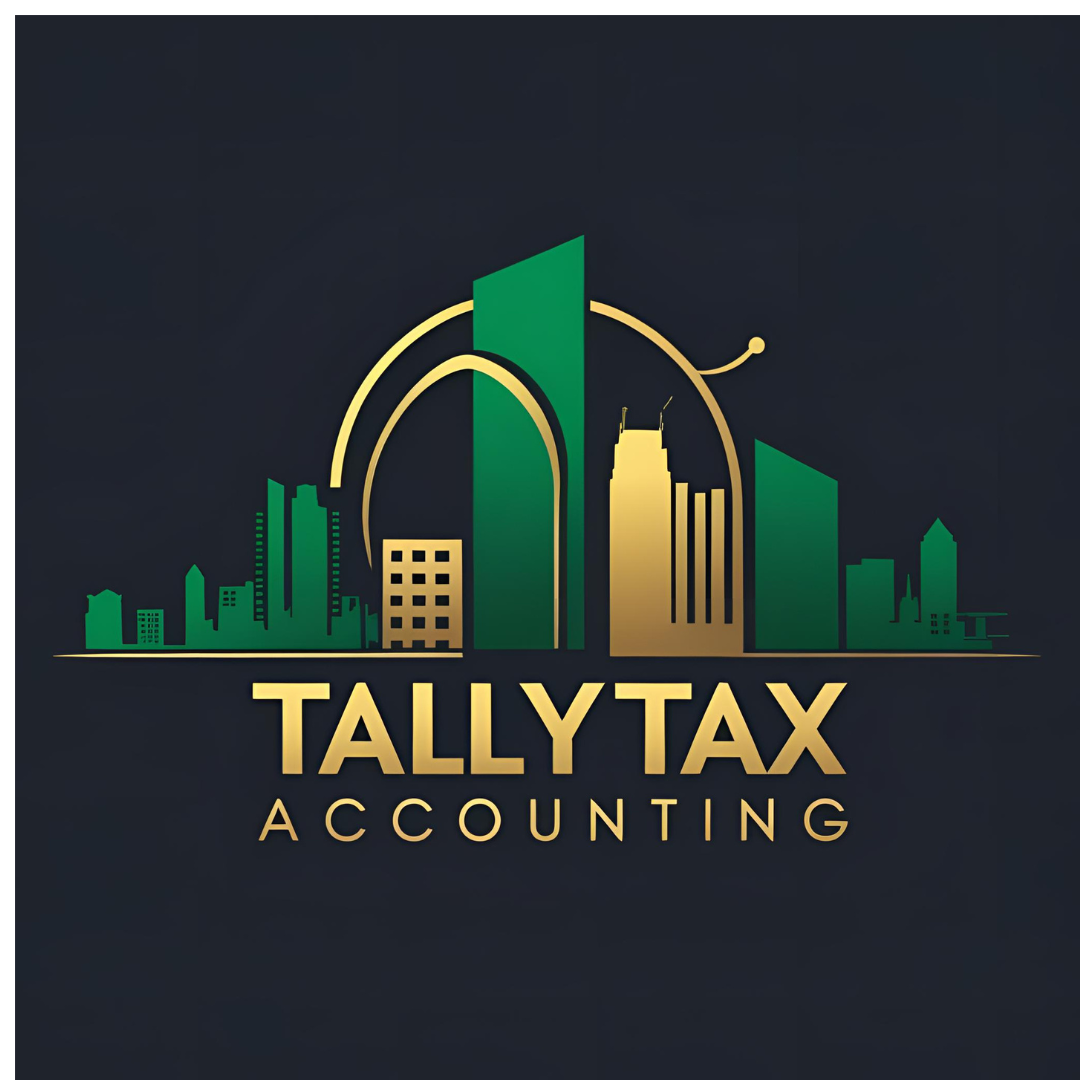Your cart is currently empty!
Learning
📜 Practical Accounting Insights for Senior Accountants
Real-World Q&A with Explanations
This document presents 10 practical questions commonly encountered by Senior Accountants, with detailed journal entries, accounting standards, and real-world implications.
This document helps accountants apply advanced journal logic, understand statutory limits, and build a stronger reporting framework using real-world accounting principles.
1. 💼 Prepaid Rent – Matching Concept & Apportioning
Scenario:
You paid ₹60,000 on 1st Jan for 6 months’ rent. Your financial year ends on 31st March.
Journal Entries:
- On 1st Jan:
Prepaid Rent A/c Dr 60,000
To Bank A/c 60,000
- At year-end (to record 3 months rent as expense):
Rent Expense A/c Dr 30,000
To Prepaid Rent A/c 30,000
Balance Sheet Impact:
- Prepaid Rent (Asset): ₹30,000
- Rent Expense (P&L): ₹30,000
Principle:
Matching Concept – Recognize expenses in the same period as the related income.
2. 📜 Provision for Doubtful Debts – Limits & Ledger Impact
Scenario:
Sundry Debtors = ₹5,00,000
Provision Required = ₹25,000
Journal Entry:
Bad Debts Expense A/c Dr 25,000
To Provision for Doubtful Debts A/c 25,000
Balance Sheet Presentation:
| Particulars | Amount (INR) |
| Sundry Debtors | 5,00,000 |
| Less: Provision for Doubtful Debts | (25,000) |
| Net Debtors | 4,75,000 |
Standards & Concepts:
- No fixed limit for provision; depends on risk and justification.
- AS-4 / Ind AS 109 – Expected Credit Loss.
- Prudence Principle – Recognize probable losses early.
3. 🏦 BRS – Cheque Not Presented
Scenario:
Cheque issued but not presented
Entry in Books:
Creditors A/c Dr 25,000
To Bank A/c 25,000
BRS Impact:
- Bank Statement will not show this debit.
- Adjust in BRS:
Add: Cheque issued but not presented 25,000
Resolution:
Once cheque is presented and cleared, it reflects in bank statement and reconciles automatically in next BRS.
4. 🏢 Sale of Fixed Asset – Journal & Book Value Impact
Scenario:
- Asset Cost: ₹5,00,000
- Accumulated Depreciation: ₹3,00,000
- Book Value: ₹2,00,000
- Sale Price: ₹2,50,000 (Profit: ₹50,000)
Journal Entry:
Bank A/c Dr 2,50,000
Accumulated Depreciation A/c Dr 3,00,000
To Fixed Asset A/c 5,00,000
To Profit on Sale of Asset 50,000
P&L Impact:
- Profit on Sale = ₹50,000 (Indirect Income)
5. 📆 GST without Invoice or Payment
Scenario:
Service rendered, but no invoice or payment yet.
Action:
- No GST payable until invoice or payment.
- But per GST Law, invoice must be raised within 30 days of service.
Compliance Risk:
Delayed invoicing = non-compliance. File GST only after raising invoice.
6. 📊 COGS & Gross Profit – Simplified
Formula:
COGS = Opening Stock + Purchases – Closing Stock
Gross Profit = Sales – COGS
Example:
- Opening Stock: ₹20,000
- Purchases: ₹70,000
- Closing Stock: ₹25,000
- Sales: ₹1,00,000
COGS:
COGS = 20,000 + 70,000 – 25,000 = 65,000
Gross Profit:
= 1,00,000 – 65,000 = 35,000
P&L View:
- Sales = Income
- COGS = Expense
- Difference = Gross Profit
7. 📎 Provision vs Bad Debts – Journal Flow
Creating Provision (with amounts):
Bad Debts Expense A/c Dr 25,000
To Provision for Doubtful Debts A/c 25,000
Balance Sheet Presentation:
| Debtors (Gross) | ₹5,00,000 |
| Less: Provision | ₹25,000 |
| Net Debtors | ₹4,75,000 |
Writing off Specific Bad Debt (₹10,000):
Provision for Doubtful Debts A/c Dr 10,000
To Sundry Debtors A/c 10,000
Updated:
| Debtors = 4,90,000 | Provision = 15,000 | Net = 4,75,000
8. 💼 GST on Service Without Bill
Scenario:
Service provided but invoice not issued
GST Rule:
- Invoice must be issued within 30 days
- GST liability arises even if bill not yet raised
Adjustment Journal (once raised):
Customer A/c Dr 11,800
To Revenue A/c 10,000
To GST Payable A/c 1,800
9. 💵 Internal Controls for Cash in Small Companies
Recommended Practices:
- Daily cash count & verification
- Maintain manual/digital Cash Register
- Owner/supervisor to verify deposits
- Use WhatsApp for bill collection if no formal system
10. 🌐 Budgeting & Overhead Analysis
Budgeting Basis:
- Prior year actuals
- Expected growth / inflation
- Department targets
Types:
- Sales Budget
- Expense Budget
- Cash Budget
Overhead Analysis:
| Overhead Type | Examples |
| Admin | Rent, Salaries, Utilities |
| Selling | Travel, Commissions |
| Financial | Interest, Bank Charges |
Use ratios like Overhead to Sales % to monitor.
